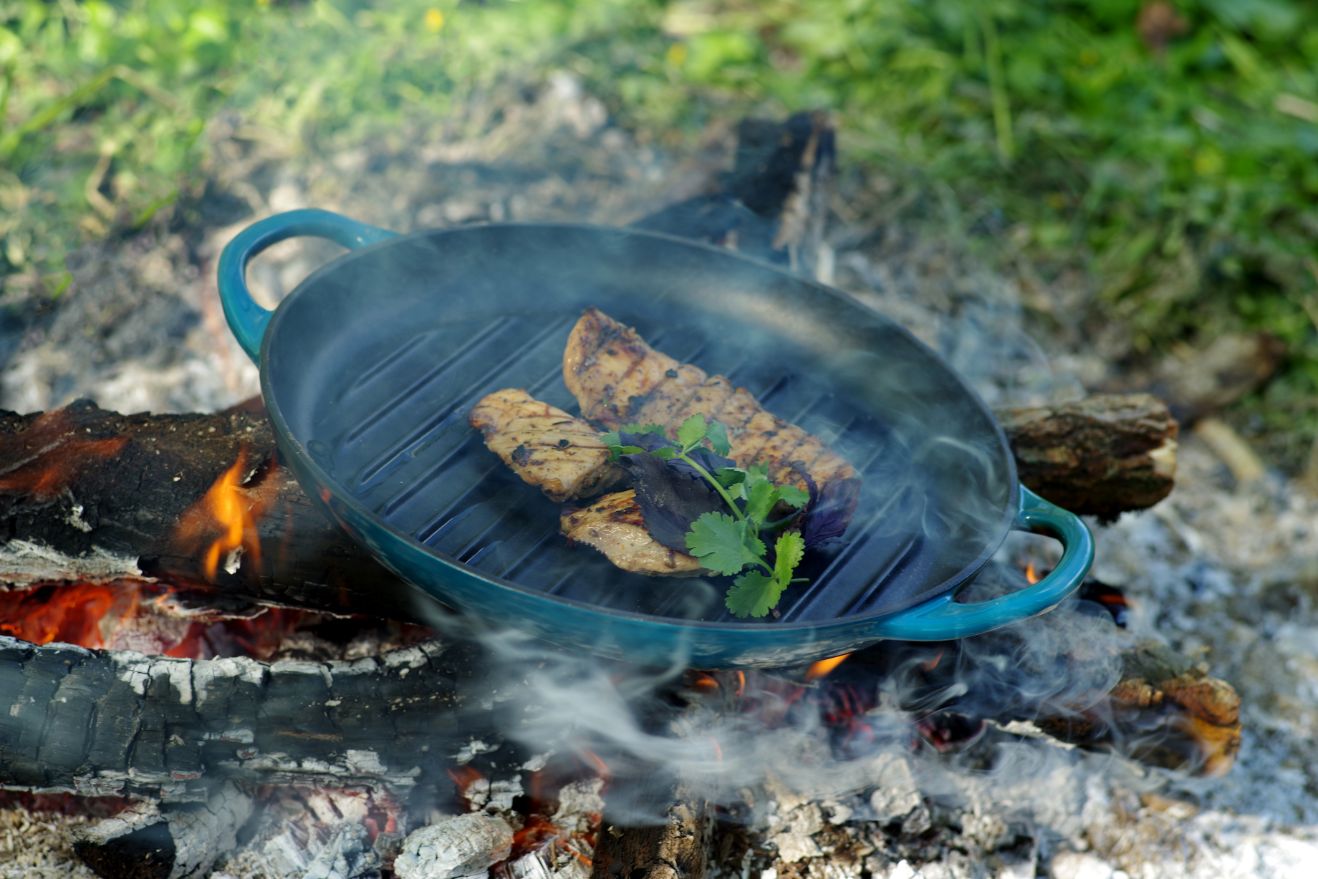
How to Remove Rust from a Cast Iron Pan
A cast-iron frying pan is the queen of the kitchen. You roast, braise, and bake a wide variety of foods in it. Each and every dish becomes tender and literally melts in the mouth.
The pan is suitable for festive as well as everyday meals. For crispy roasts as well as diet meals which are stewed in their own juice. It can be used to prepare lunches and dinners for adults and children. The cookware is renowned for its durability, but there is one fear that often stops us from buying it. A cast-iron frying pan can get rusty. Find out how to deal with it in this article.
Table Of Contents:
- The Composition And Properties Of Cast Iron.
2 The Type Of Cast Iron Pans Are Made Of.
2.1 Normal.
2.2 Lightweight.
2.3 Enamelled.
2.4 Non-Stick Coated.
- Advantages Of Different Cast Iron Vessels (Table).
- Why A Cast-Iron Frying Pan Rusts.
- How To Rid It Of Corrosion.
5.1 Baking Soda.
5.2 Common Table Salt.
5.3 Vinegar Solution.
5.4 Coca-Cola.
5.5 Fish Oil.
- How To Prevent Rust.
- How To Prepare A Cast Iron Frying Pan For Use.
7.1 Washing.
7.2 Preheating.
7.3 - Application Of The Protective Coating.
- How To Properly Store Cast Iron.
- Fissman Cast Iron Products.
- Top Brand Pans.
- Customer Reviews.
Composition And Properties Of Cast Iron
This material is an alloy of iron and carbon. The latter at least 2.14%. Carbon gives cast iron the property for which it is so valued in the kitchen - high hardness. Cookware made of cast iron is the kitchen utensils that are passed down because it is irreplaceable. And the metal has excellent heat resistance. It can stand open fire and the oven's heat because its melting point is around 1200 degrees. As it heats up, it takes a long time to cool down, and it will keep cooking until it's ready. That is why the food made of cast iron is considered to be the most cooked and delicious.
What Kind Of Cast Iron Are Frying Pans Made Of?
1.Cast iron. The traditional heavy metal. Our grandmothers already appreciated it. It is sturdy, robust, and long-lasting. The material also makes quality cookware without a protective layer. An uncoated cast-iron frying pan requires special preparation. It must be baked and oiled, so the food does not stick to it. This layer also protects the cast iron against rust.
2. Lightweight cast iron. The main advantage is its low weight. The lightweight cast-iron frying pan is 50% lighter than a conventional pan. Its body is thinner, although it offers all the benefits of the material. Such pans are protected with a non-stick layer at the factory. Your task is to take care of it properly and avoid damaging it. Coated cast iron does not need to be calcined and is not prone to corrosion.
3. Enameled cast iron. It can be easily identified by its glossy glass-like surface. It can be clear or colored. Its enamel is a vitrified clay layer that can withstand heat up to 300 degrees Celsius. The cast-iron enamel pan is a beautiful cookware that can be used both on the cooker and in the oven. It can be heated and oiled on the inside before use. The enamel is resistant to regular contact with water and does not rust.
4. Non-stick cast iron. Non-stick cast iron is a popular material today. It, too, is protected by a factory-applied protective layer. The safest protection is made of ceramic and natural stone. Unlike the previous variants, the cast iron non-stick frying pan is ready to use immediately after purchase. The protective layer protects the food from sticking and the pan's body from direct contact with water. As a result, the cookware does not rust.
Advantages Of Using Different Types Of Cast Iron
|
Type of cast iron |
General properties |
Special features |
|
Normal cast iron |
-Good stability. The thick cast-iron body does not slip and is pressed tightly against the burner. -High heat capacity. The pan takes a long time to cool down. Even removed from the stove, she continues to simmer the dish, making it tender. -Uniform heating. Cookware reinforced with a ferromagnetic induction insert heats up within a minute. -Compatibility with different types of plates. The cast iron induction pan is suitable for gas, induction, glass-ceramic, and electric hobs. -Long service life. Cast iron cookware lasts 7 or more years and withstands 20-50 thousand cooking cycles. -100% safety. When heated, the material does not emit odors or harmful substances and does not change dishes' taste, color, and aroma. |
-Impressive weight. A traditional cast-iron skillet weighs from 3 kg. -The need for preparation for use. Uncoated cast iron needs to be baked and the first protective layer applied by hand. -Natural non-stick properties. Due to the wide pores, it absorbs the first oil layer well. And during operation, additional protection is formed on the Surface from the remnants of fat from cooked dishes. |
|
Light-weight cast-iron |
-Light-weight. The lightweight cast-iron roaster weighs 50% less than a conventional roaster. -Factory non-stick coating. Lightweight cast iron is usually available with ceramic, stone, or enameled non-stick coating. -Stylish design. The modern version of the frying pans has the following design -Factory non-stick coating. This cast iron is usually available with ceramic, stone, or enameled non-stick coating. -Stylish design. The modern frying pans have smooth external and internal surfaces, heat-resistant wooden or Bakelite handles, and impact-resistant glass lids. |
|
|
Enameled cast iron |
-A colored or transparent enamel coating. Available in any color, even the brightest ones, this frying pan is a real decoration for the kitchen. -It can withstand a thermal load of up to 300 degrees centigrade. This limits the enamel's heating temperature, thanks to which it can be used in the oven. |
|
|
Cast iron with non-stick coating |
-A coating made of ceramic or stone. It consists of natural components. Suitable for frying and stewing of any ingredients. Prolongs 3 to 5 years of use. -Able to withstand thermal loads of up to 260 degrees centigrade. This makes it ideal for cooking on the stovetop. |
Why Does A Cast-Iron Frying Pan Rust?
1. Unsuitable washing method. Despite its high hardness, the metal is quite brittle under certain conditions. For example, it can crack when it hits other cookware. Water that has entered the cracks causes corrosion. Automatic washing is also contraindicated because aggressive household chemicals wash away the protective layer.
2. Incorrect drying and storage. It's not enough to wash your cast iron skillet properly - it's important to take care of proper storage. Be sure to dry the body before putting it away in the cupboard. Wet metal is prone to rust. Make sure that there is good ventilation where the pan stands.
3. Improper maintenance. A common cause of unsightly rust is storing cooked food directly in the cast iron. The material does not change the taste or color of the food, but it cools down dramatically in the refrigerator. Water droplets left in the pores first freeze, then heat up again. This is a pathway to corrosion.
4. Inadequate preparation. Almost all cast iron pans are not ready for use immediately after purchase. They should first be washed, preheated, and hand-applied a protective layer of vegetable oil to the surface. This will keep food from burning and the body from directly contacting water.
5. Poor quality material. Sometimes, to make the cookware cheaper, other metals are added to the alloy. These change the properties of cast iron, in particular by increasing its tendency to rust. Remember that quality pots are heavy and cannot be too cheap.
How To Rid Your Cast Iron Skillet Of Corrosion
So it's happened. Your favourite cast-iron skillet has gone rusty. With the possible causes, we have already figured it out. Now, how do you clean a cast iron frying pan from rust? Here are five simple and proven ways.
1. Baking soda. Ideal if the rust is light and spreads over the surface in a thin layer. Mix 2-3 spoons of baking soda with water to a pulp. Apply the mixture to the problem areas. Rub in with a soft cloth. Allow to stand for 10 minutes. Rinse off the baking soda with lukewarm water and wipe the body.
2. Table salt. You will need a more abrasive compound if the corrosion is deep enough. We recommend using coarse salt, slightly diluted with water, to clean the rusty parts. Mix this with baking soda. Rub in the paste until the red spots are gone. Then rinse and dry.
3. Vinegar solution. No need to scrub away corrustations - the pan should be soaked in a special vinegar solution. Mix in equal parts 6% table vinegar and water. Dip the griddle in it and leave it to soak for 2 hours. The solution should completely cover the rusty areas. After they have disappeared, wash and dry the roasting pan.
-
Coca-Cola. This is an unexpected but effective method. If the pan is rusty on the outside, dip it in a container of baking soda. If it's rusty on the inside, pour the beverage into it. Turn on the gas and bring the liquid to a boil. It contains phosphoric acid, which actively destroys traces of corrosion on cast iron. Remember to rinse and dry the body of a clean pan thoroughly.
5. Fish oil. You can buy it at any drugstore. Apply it liberally to the inside and outside of the frying pan. Leave it on for 3 to 4 hours. Then rinse in warm water using a gel-type product and a soft sponge. The rust will come off easily under the running water. Coat the dry body with oil.
How To Prevent Rust
There are two methods; one is complementary to the other.
1. Proper preparation for use. This includes proper washing, heating, and applying the first non-stick layer. This prevents the body of the new roaster from coming into direct contact with water and juices.
2. Proper care and storage. This includes the use of cutlery suitable for the material, gentle heating, proper cleaning of the surface, and careful drying after washing. It prevents corrosion on frying pans that you are already cooking.
How To Prepare A Cast Iron Frying Pan For Use
A new cast-iron frying pan without a factory protective coating must be prepared in advance. The aim is to form a non-stick layer on the frying pan's surface, which prevents ingredients from sticking to the sides and bottom.
It also ensures that contact with water will not leave rusty marks on the surface. By the way, an old cast-iron skillet, if you have one, needs a similar treatment from time to time. Repeat the procedure approximately every 3-6 months.
1. Washing. Immediately after purchasing a new pan, remove the packaging. Rinse the dishes in warm water with a drop of detergent. Wipe dry with a towel. Do not use an automatic dishwasher. Aggressive household chemicals can damage the top layer of the metal. If you have an old container, wash it only after it has completely cooled down from previous cooking.
2. Hardening. How do I harden a cast iron frying pan? The easiest way is with salt. Sprinkle 3cm of table salt on the bottom of the roasting pan. Heat on medium heat for 30 minutes. Stir the salt until it has darkened slightly. Sprinkle away the used salt and apply a protective coating to the pan's body.
3. Apply a non-stick coating. Make sure the cast iron is dry and not hot. Coat it with linseed oil or unrefined vegetable oil. Fill the container so that the entire bottom is covered. Rub some of the oil on the rims with a pastry brush or cloth. After 10-15 minutes, blot off the excess oil and put the roaster away for storage or to start using it.
How To Store Your Cast Iron Properly, So It Doesn't Rust
- Do not wash your cast iron frying pan in an automatic dishwasher. The alkalis in the tablets destroy the protective layer.
- Do not store cooked food in the frying pan. Their color and taste will not be affected. However, moving it from the refrigerator to the cooker will cause condensation.
- Keep the container in a well-ventilated cupboard. Ideally, away from the cooker and oven. But also not on a balcony, where the humidity is high.
- Use wooden or silicone spatulas, especially on factory-coated griddles. Damage to this is a direct path to rust.
- Wash with a soft sponge and gel cleaner. Hard metal scrapers are only permissible on uncoated cast iron. And only if you are preparing the pan for re-firing.
- If soot has accumulated, remove it with a baking soda paste. Apply the baking soda diluted in water to the soiled areas, allow to stand, and rinse off.
- Store the cookware in a dry place by lubricating the body with oil. This will prevent direct contact with water from the air and the formation of corrosion.
- Regularly inspect the surface for chips and scratches. If you notice a defect, repeat the hardening and protective coating procedure.
Fissman Cast Iron Products
The best cast-iron frying pans are made of quality raw materials, a thick cast-iron body, and sincere user recommendations. Cast iron products from FISSMAN are just that!
The brand assortment is widely represented by lightweight, enameled, and non-stick cast iron. Buyers note the reliability and durability of the products. They say that the dishes are delicate and fragrant. Each frying pan is complemented with a ferromagnetic insert in the bottom. It guarantees fast and even heating regardless of the type of your cooker. The models suit all ingredients - meat, poultry, fish, potatoes, vegetables, and mushrooms. When roasting, they acquire a deliciously crispy crust. When stewed, they bring out 100% of their flavor and aroma. And when baked, they preserve vitamins and minerals for the benefit of your health.
To ensure that your cast iron skillet, which is easy to buy, lasts a long time, buy products only from trusted brands.
Top Fissman Frying Pans
|
Model |
Features |
|
The cast-iron frying pan |
-Pancake pan made from cast iron - Made of cast-iron; - 20 cm diameter - Induction bottom; - Cast-iron handle with opening for storage; - Can be used in the oven. |
|
Cast iron round griddle pan |
- Made of cast iron; - 24 cm diameter - Induction bottom; - Cast-iron handle with opening for storage; - Two spouts for draining fat; - Can be used in the oven. |
|
Cast iron grill pan square |
- Made of cast iron; - 26 cm diameter - Induction base; - Two cast-iron side handles; - Two spouts for draining fat; - Can be used in the oven. |
|
SEAGREEN Wok, 5 l (cast iron skillet with lid) |
- Made of light-weight cast-iron; - 32 cm diameter - XylanPlus non-stick coating; - Turquoise-coloured enamel coating on the outside; - Induction hob; - Two lateral wooden handles; - Glass lid included. |
|
NOMADA saucepan, 4,1 l (non-stick cast iron frying pan) |
- made of lightweight cast iron; - 28 cm diameter - XylanPlus non-stick coating; - Induction hob; - Two cast-iron side handles; - Glass lid included; - Can be used in the oven. |
|
MELITA Wok, 4.2 l (cast iron skillet with lid) |
- Made of light-weight cast-iron; - 30 cm diameter - XylanPlus non-stick coating; - Induction bottom; - Two stainless steel handles; - Glass lid included; - Oven safe. |
|
Enamelled frying pan (cast iron coated frying pan) |
- Body made of enameled cast iron; - 20 cm diameter - Cast-iron handle; - Top coated with turquoise enamel; inner coated with brushed enamel; - Two pouring spouts for fat; - For all types of cooker. |
|
Enameled grill pan |
- Body made of enameled cast iron; - 30 cm diameter - Two solid cast-iron handles; - Blue enamel exterior, brushed enamel interior; - For all types of cookers. |
Customer Reviews
"The frying pan is a wonder! I first washed it with dishwashing detergent, wiped it down, then burned it with lots of salt, stirring, until it darkened, about 10 minutes or more. I let it cool, rinsed and wiped it off, then scorched it three times with refined sunflower oil, wiping it with a paper towel each time and letting it cool. It takes longer to describe than to make)) Pancakes on the induction fryer are now great; nothing burns. It's small, just like I like it for small pancakes. And I always take the handle with a kitchen towel, folded in several layers."
"I was looking for a cast iron frying pan, and I thought they don't make them anymore. But a friend advised me to look for one in this shop. Finally, I have such a frying pan. Hooray! It's heavy, with a fluted bottom (less oil). I like it very much."
"I have wanted a grill pan for a long time and decided to give it a try. Pleasantly surprised. Comfortable, looks great. Nice metal."
"Great grill pan. Thick walls and ribbed bottom allows you to cook juicy steaks. I cook on this frying pan both on the cooker and in the oven."
"Lovely wok, very easy to use, not heavy, beautiful design, very comfortable handles, plus, they are also wooden. Nothing burns, especially good for a large family. I recommend it."
"Thick walls, thick bottom, heavy and fundamental body. The lid fits tightly. Distributes heat evenly, great for slow braising meat and vegetables. Nothing burns or sticks. The food is different, tasty, and, most importantly, healthy.
"All expectations have been met, the frying pan is cast iron but light, holds heat well. It heats up quickly, and I haven't had any heat in a month of use".
Go to the online shop to see the full range of the brand's pans.
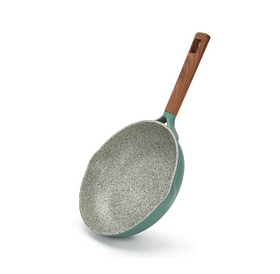
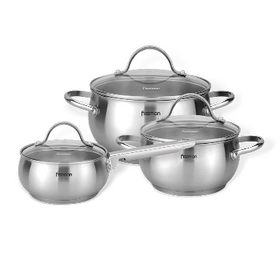
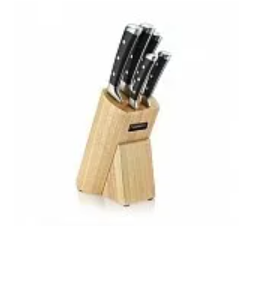
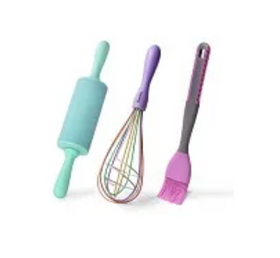

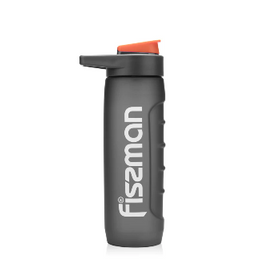
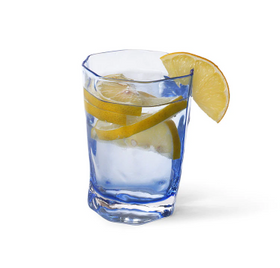































Leave a comment